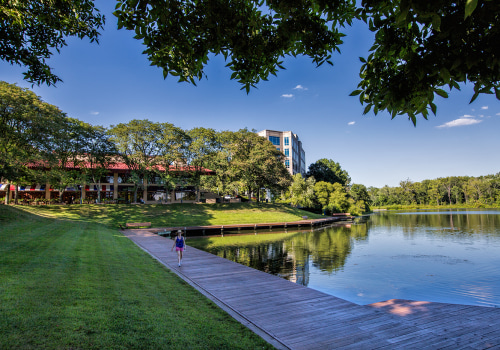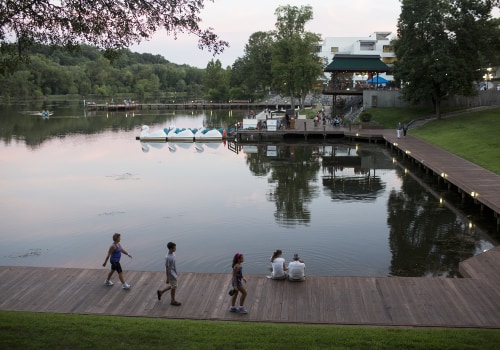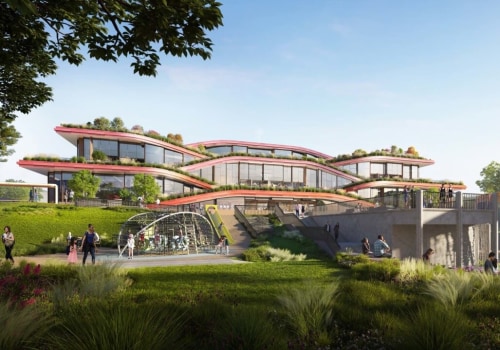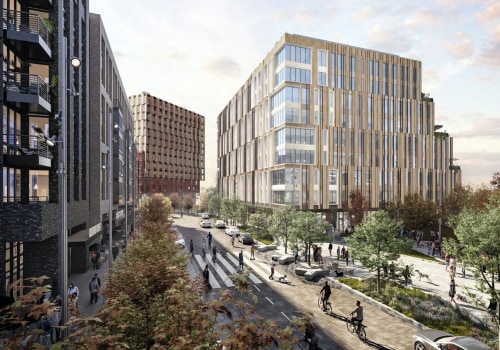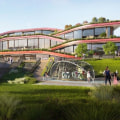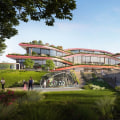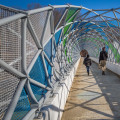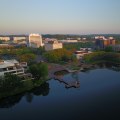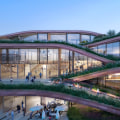As the population of Columbia, Maryland continues to grow, so does the need for an effective transportation system to meet the increasing demand. To this end, the Central Maryland Regional Transit Plan was developed by the Maryland Transit Administration of the Maryland Department of Transportation in collaboration with local transportation agencies, the Baltimore Metropolitan Council and the public. This 25-year plan outlines goals, objectives and initiatives to improve transportation services, support the economy and reduce environmental impacts. Columbia currently has six Howard Transit bus routes that connect it to nearby areas such as Ellicott City.
In addition, several Maryland Transit Administration (MTA) routes provide access to and from Washington and Baltimore. The Better Maryland program complements the MTP and also overlaps with strategies for existing communities, which focus on taking advantage of incentives to overcome local infrastructure obstacles. The Office of Transportation, in partnership with the Columbia Association, conducted a study to assess the feasibility of implementing a bike-sharing system program in the county. This is in addition to BikeHoward, which is a bike-sharing program that has been in place since 2017. The Central Maryland Transit Development Plan guides transportation services in Central Maryland, including Anne Arundel, Howard Counties, Northern Prince George's County and the City of Laurel. An effective Transportation Demand Management (TDM) strategy can reduce the need for new road infrastructure such as additional lanes or widening of intersections and interchanges that make a place less passable. By investing in public transportation systems such as buses and bike-sharing programs, Columbia is able to provide its citizens with an efficient and sustainable way to get around.
This not only reduces traffic congestion but also helps protect the environment. The Central Maryland Regional Transit Plan is an important step towards improving Columbia's transportation infrastructure. It provides a comprehensive overview of how transportation services can be improved in order to meet the needs of its growing population. This not only reduces traffic congestion but also helps protect the environment.
